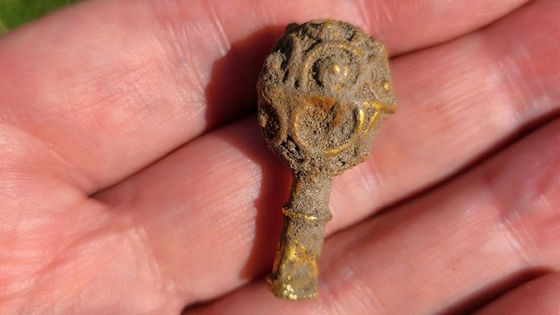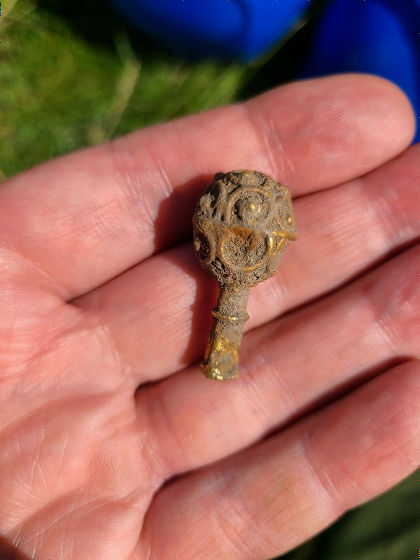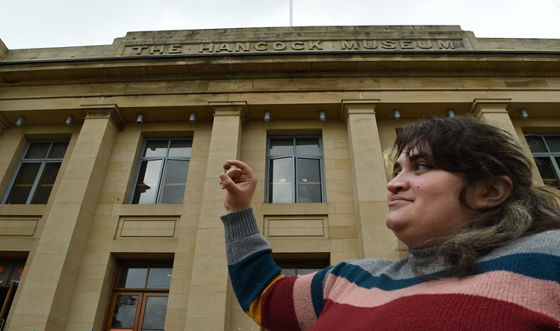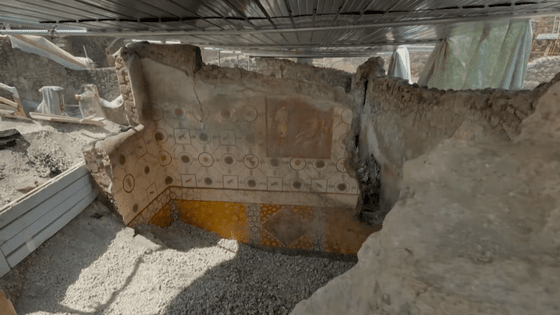Archaeology students discover 9th-century gold artifact within just 90 minutes of starting their first excavation

A student studying archaeology at Newcastle University in the UK discovered a rare 9th-century artifact that may have been used in religious ceremonies just 90 minutes after starting his first excavation.
Northumberland gold - Press Office - Newcastle University

'I was really geeking out over it!' Archeology student strikes medieval gold in first dig | Live Science
https://www.livescience.com/archaeology/archaeology-student-finds-rare-ninth-century-gold-within-the-first-90-minutes-of-her-first-excavation
Yara Souza, an American archaeologist at Newcastle University, participated in an excavation in Redsdale , Northumberland, England, in July 2025.
The excavation follows the discovery of gold artifacts at the same site in 2021. Souza was part of a team that included his classmates from Newcastle University and worked with archaeologists from the North East Museum on the excavation.
The site of the excavation is close to Dere Street , a Roman road that connected Edinburgh, Scotland , and York , England. This road played an important role in transporting goods to Scotland, and is known to have continued to be used long after the fall of the Roman Empire.
Within just 90 minutes of starting the excavation, Souza discovered a gold artifact believed to date back to the 9th century. The photo below shows the 9th-century artifact he discovered. It resembles a pin with a decorative ornament on one side and is about 4 cm in size. It is similar to one discovered in 2021, but the latest discovery is said to be slightly larger.

'I couldn't believe we were able to find something so quickly on our first excavation,' Souza said. 'It was amazing to discover something that hadn't been found for over 1,000 years. I was really excited!'
Even back then, gold was a luxury item only used by the elite, and Dare Street connected two religious centres,
Souza holds up the artifact he discovered

James Garrard, Professor of Archaeology at Newcastle University and Souza's supervisor, said: 'This is an outstanding and exciting discovery and we are delighted that Yara has made it so early in her career as an archaeologist. Dare Street is known to have continued to function as a major road well into post-Roman times and this discovery shows that it was used by people of high rank. It is also possible that these two artefacts were buried intentionally.'
The two artefacts will be put on display at the Great North Museum Hancock, run by Newcastle University, after further analysis.
Related Posts:
in Free Member, Note, Posted by log1h_ik







